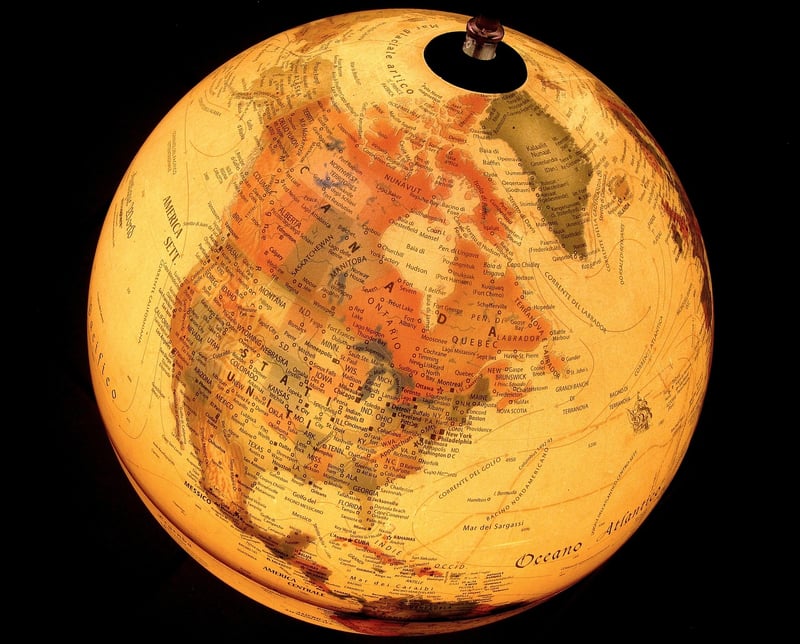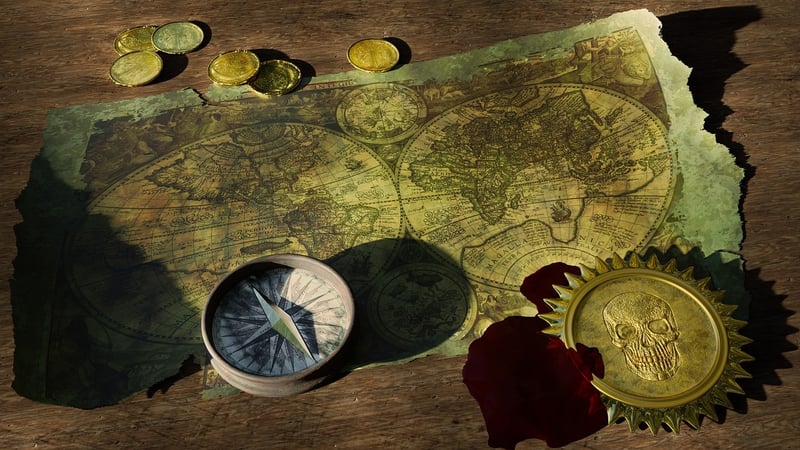Temporal Maps
Exploring Temporal Maps: Tools and Information
Temporal maps, also known as time maps, are a fascinating way to visualize data over time. They provide a dynamic representation of how a particular phenomenon or event has evolved and changed through different time periods. Whether you are a history enthusiast, a data analyst, or simply curious about the passage of time, temporal maps offer valuable insights in a visually engaging manner.
Why Temporal Maps Matter
Temporal maps allow us to see patterns, trends, and correlations that may not be apparent when looking at static data. By animating the data on a map, we can observe how it spreads, clusters, or dissipates over time. This can be particularly useful in various fields:
- Historical Research: Visualizing historical events and their impact over different eras.
- Epidemiology: Tracking the spread of diseases and analyzing outbreak patterns.
- Urban Planning: Understanding urban development and changes in infrastructure over time.
- Climate Science: Studying climate change and its effects on different regions.
Tools for Creating Temporal Maps
Several tools are available to create temporal maps with ease. Here are some popular ones:
- Kepler.gl: A powerful open-source tool for creating customizable maps with temporal components.
- CARTO: Offers tools for creating interactive maps that can be animated over time.
- Mapbox: Allows users to build custom maps with time-based data visualization.
- Time.Graphics: Specifically designed for creating interactive timelines and temporal maps.
Example of a Temporal Map
Below is an example of a temporal map showcasing the spread of a fictional disease over a period of six months:

Image source: Pixabay
Get Started with Temporal Mapping
If you're intrigued by the idea of temporal maps and want to delve deeper into this fascinating field, start exploring the tools mentioned above. Experiment with different datasets, timelines, and visualizations to uncover unique insights and trends hidden within the data. Temporal maps offer a dynamic way to understand the passage of time and how events unfold over different temporal scales.
